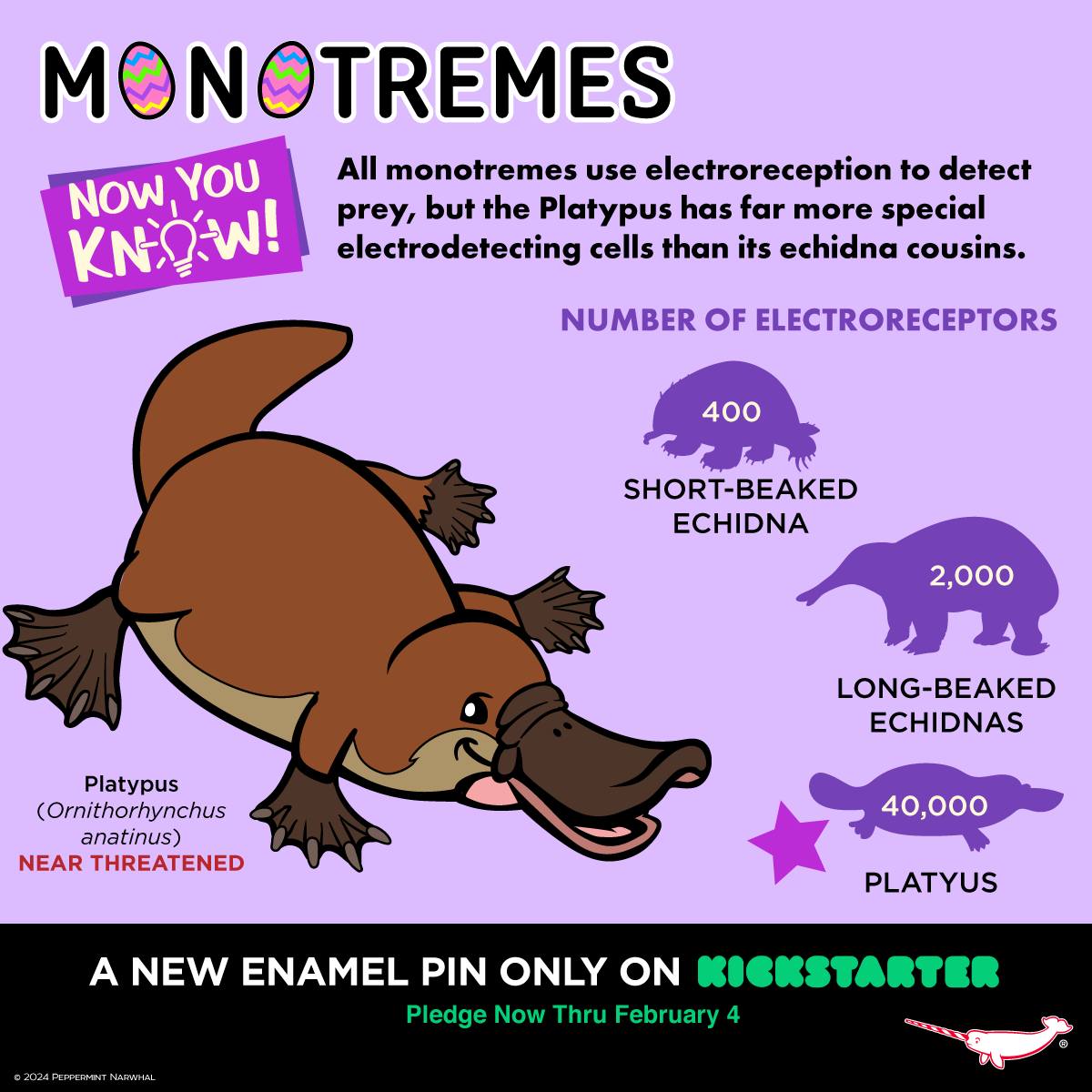– The distinctiveness of monotremes as egg-laying mammals
– The remarkable electroreception capabilities of the Platypus
– Conservation status and threats to the Platypus
– Public engagement and conservation efforts through collectible memorabilia
Monotremes represent a unique group within the mammalian kingdom, distinguished primarily for being egg-laying mammals. Among them, the Platypus (Ornithorhynchus anatinus) has captivated the curiosity of scientists and the general public alike. This fascination arises from the Platypus’s distinctive appearance and behaviors and exceptional sensory capabilities, particularly its electroreception. This article delves into the fascinating world of the Platypus, shedding light on its biology, conservation status, and how it has become a symbol of wildlife conservation efforts.
The Platypus stands out for its remarkable electroreceptive abilities, a sensory capability that allows it to detect the electric fields generated by the muscular contractions of its prey underwater. With around 40,000 electroreceptors concentrated on its bill, the Platypus surpasses all other monotreme species in electroreception. The short-beaked echidna, in comparison, has about 400 electroreceptors, and long-beaked echidnas have approximately 2,000. This sophisticated sensing system makes the Platypus an efficient hunter, capable of precisely navigating the murky waters of its riverine habitat to find food.
The ecological significance of the Platypus extends beyond its biological curiosities. This species serves as an indicator of the health of freshwater ecosystems across Eastern Australia. However, the Platypus faces numerous threats, including habitat destruction, water pollution, climate change, and competition with invasive species. These challenges have led to a substantial decline in platypus populations, prompting conservationists to raise alarms about the urgent need for protective measures. Efforts to conserve the Platypus involve habitat restoration, research on population dynamics, and public education campaigns to raise awareness about the species’ plight.
In an innovative approach to engage the public in platypus conservation, introducing collectible memorabilia, such as enamel pins, offers an avenue for individuals to show their support. A new collectible pin series featuring the Platypus, among other monotremes, provides a tangible connection to these creatures, fostering an emotional investment in their wellbeing. Proceeds from such initiatives can support conservation research and community-based projects to ensure these unique mammals’ survival.
Engagement with the cause of platypus conservation is crucial. Public awareness and support can drive policy changes and foster a more conducive environment for implementing conservation measures. It’s through a collective effort that the future of the Platypus can be secured, ensuring this extraordinary species continues to thrive in its natural habitat.
Linking the Platypus’s captivating biological characteristics with conservation efforts amplifies the call to protect this species and enhances the public’s understanding of biodiversity and ecosystem health. At a time when environmental issues are increasingly at the forefront, the Platypus becomes more than just a subject of scientific interest—it symbolizes the broader challenge of preserving our planet’s natural heritage. Through educational initiatives, conservation action, and public engagement, like the collectible pin campaign, we can all contribute to the ongoing efforts to save the Platypus and, by extension, the delicate ecosystems they inhabit.
This rigorous scientific research and public participation combination underscores a comprehensive approach to wildlife conservation. Protecting the Platypus necessitates a multifaceted strategy that involves understanding their biology, ecology, and the three fa, adding initiatives that foster a public connection to these unique creatures. Every action toward conserving the Platypus reflects a broader commitment to preserving biodiversity and ensuring a sustainable future for generations. The Platypus, with its peculiarities and charm, thus becomes a beacon of hope and a reminder of our collective responsibility towards the environment.
*****
Source Description
MONOTREMES – Platypus (Ornithorhynchus anatinus)
NOW YOU KNOW! – All monotremes use electroreception to detect prey, but the Platypus has far more special electrodetecting cells than its echidna cousins.
NUMBER OF ELECTRORECEPTORS IN MONOTREME SPECIES
Short-Beaked Echidna = 400
Long-Beaked Echidnas = 2,000
Platypus = 40,000!!!!
The Platypus is now a collectible pin!
–
NEW collectible enamel pin series featuring the world’s only egg-laying mammals, the monotremes, including the Platypus and the echidnas.
Pledge Now! – https://rb.gy/iyiejo
or search “Monotremes” or “Peppermint Narwhal” on Kickstarter.
The campaign runs now through Feb. 4, 2024.
Shop www.peppermintnarwhal.com

